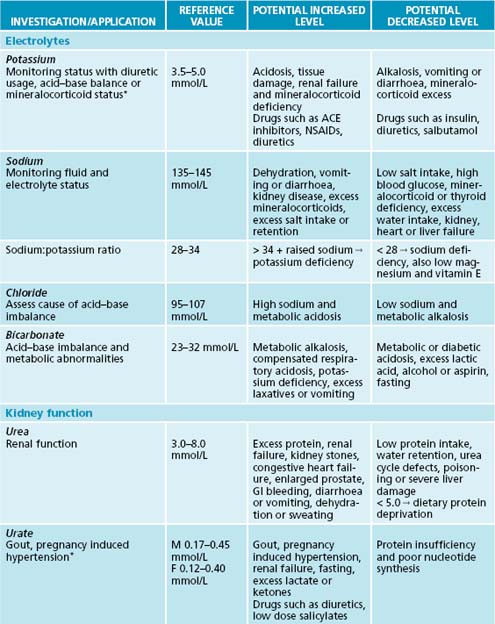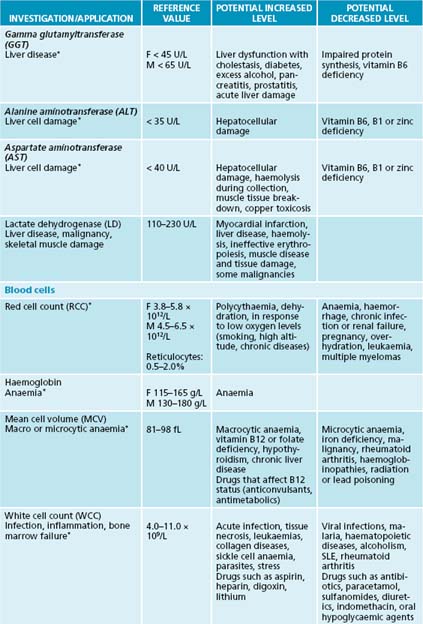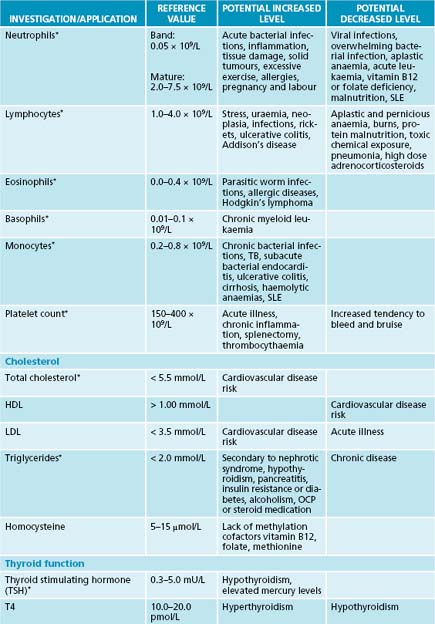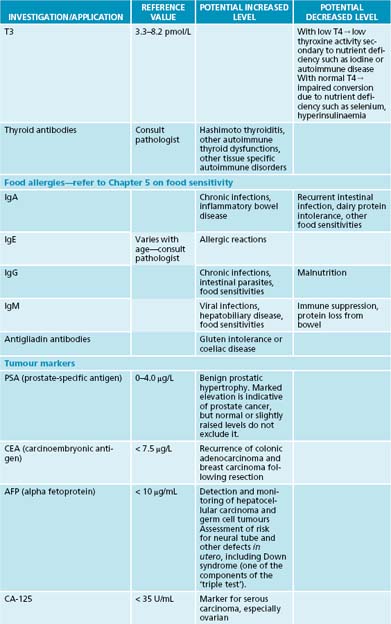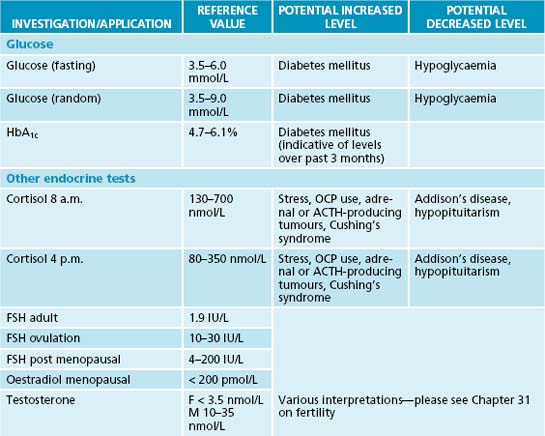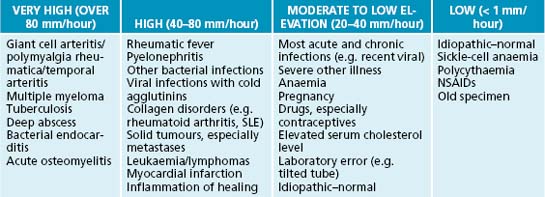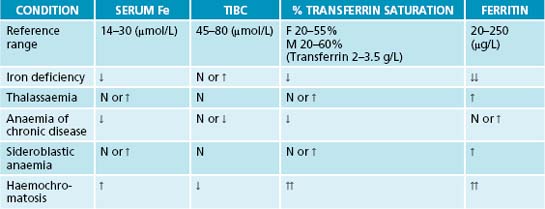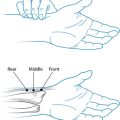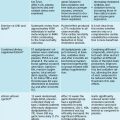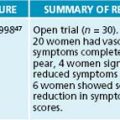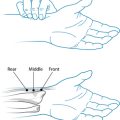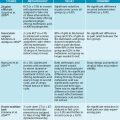Appendix 4 Laboratory reference values
The reference values and ranges for these blood tests are given in the system of international units (SI) and are based on guidelines from the Royal College of Pathologists of Australasia. They may vary from laboratory to laboratory. When paediatric reference ranges may differ from adult ranges they are indicated by an asterisk (∗). Further information and resources can be found at the online manual of the Royal College of Pathologists of Australasia at http://www.rcpamanual.edu.au/.
Markers of inflammation: ESR and CRP
Comparison between ESR and CRP
| Child | |
| 2–15 mm/hour | |
| Adult male | |
| 17–50 years | 1–10 mm/hour |
| > 50 years | 2–15 mm/hour |
| Adult female | |
| 17–50 years | 3–12 mm/hour |
| > 50 years | 5–20 mm/hour |
C-reactive protein levels (normal value < 10 mg/L)
| MARKED ELEVATION > 40 mg/L | NORMAL TO MILD ELEVATION |
|---|---|

